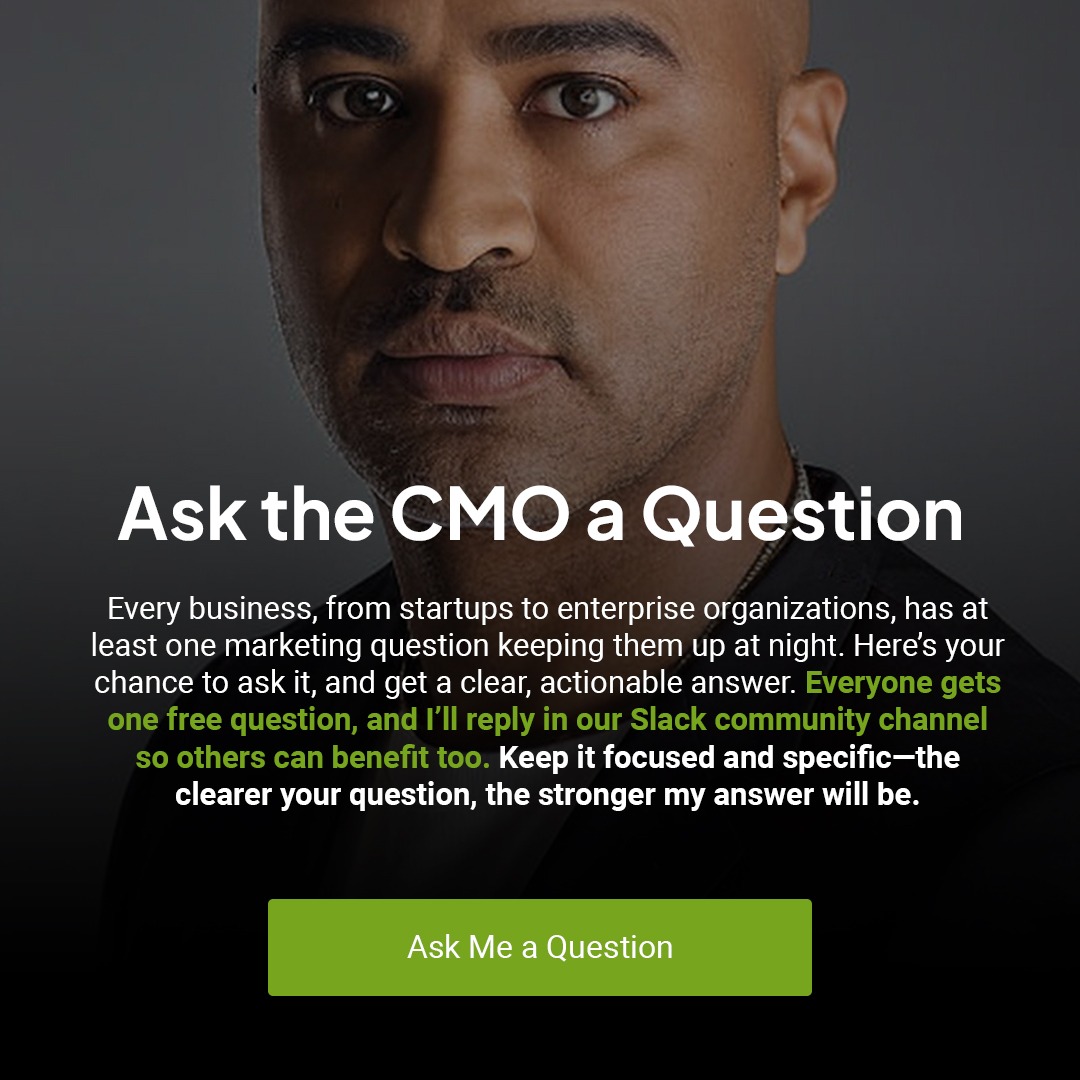If your brand’s story changes depending on where people find you, you’re not telling a story. You’re improvising. In a world of fractured attention, distributed platforms, and decentralized teams, storytelling isn’t just a marketing function—it’s an operational discipline. Great brands win by architecting a single narrative and engineering that message across every critical touchpoint, from homepage to social, onboarding to investor decks.
This article explains how elite brands scale a unified story across ten platforms without losing nuance or clarity and why that discipline drives long-term equity, internal alignment, and market trust.
Part 1: The Strategic Function of Brand Messaging
A brand’s story isn’t a tagline. It’s the backbone of how you position, market, sell, support, and lead.
The most enduring brands invest in defining one durable message framework—an articulation of who they serve, what transformation they offer, and why they’re distinct. From that framework, every downstream asset is created.
Think of your brand message as code. It powers everything, and if the code is inconsistent, the output is broken.
As outlined in Transmyt’s Marketing Playbook, this level of message discipline reduces brand confusion, shortens sales cycles, and sharpens internal decision-making.
Part 2: The Message Matrix—One Story, Ten Places
Let’s walk through the ten most essential touchpoints where your brand message must stand out—and how to deploy it with intention, not repetition.
1. Website Homepage
This is your story’s proof of clarity. Above the fold, people should know what you do, who it’s for, and what outcome you deliver. This is where the core narrative becomes visual, skimmable, and direct.
2. Product/Service Pages
Here, the narrative must translate into a mechanism. Not just what the product does, but how it enables the transformation promised on the homepage. Copy should reinforce outcomes, not overload with features.
3. Social Media
Social isn’t for storytelling—it’s for storytelling fragments. Every post should nod to your core narrative, whether it’s an insight, a quote, a case study, or a behind-the-scenes look. The brand voice can flex, but the point can’t change.
4. Paid Advertising
Ads distill the brand promise into high-velocity insight. Your narrative must survive compression. Great brands win not by inventing ad-specific stories, but by adapting the master narrative to urgency-driven formats.
5. Email Marketing
Email is the bridge between awareness and conversion. Whether it’s onboarding, nurture, or retention, the emails must pull from the same emotional arc as your homepage: “We understand you. We’ve solved this. Here’s what that looks like.”
6. Sales Enablement
Pitch decks, sales pages, and objection-handling scripts often get rewritten in isolation. But elite teams root sales copy in the brand narrative. Your sales story isn’t separate—it’s situationally expressed from the master messaging.
7. Customer Support
The moment something breaks is when your brand’s tone is most tested. Support reps should embody the brand’s values and communication principles. Consistency here is where customer retention is either reinforced or destroyed.
8. Product UX or Packaging
Brand isn’t a wrapper. It’s part of the experience. From onboarding tutorials to tooltips to packaging design, the user’s experience should feel like an extension of the promise you made during acquisition.
9. Press, Podcasts, and Events
Executive communication, interviews, and public commentary should align with the same story. This means your founder doesn’t “wing it.” They rehearse from the brand narrative to avoid ad-libbing new positioning live.
10. Internal Onboarding and Culture Docs
If your own team can’t articulate the brand narrative, you don’t have a brand. Internal onboarding should start with story training. From culture decks to company town halls, the narrative lives inside the org as much as outside.
Part 3: How to Operationalize Your Brand Story
Most startups write a mission statement and call it brand messaging. That’s not enough. To scale a story with precision, you need to:
- Codify the Narrative
Document your message hierarchy: Positioning statement, value proposition, elevator pitch, audience-specific proof points, and tone principles. - Build Message Blocks
Extract reusable copy modules from your narrative (e.g., 40-word product intro, 10-second tagline, 2-minute founder pitch) for different surfaces. - Create a Governance Layer
Appoint one owner of message quality. The brand story shouldn’t be editable by committee. One person or team must enforce consistency across execution. - Train Cross-Functional Teams
Marketing, sales, product, and support all need story training. Messaging doesn’t live in marketing. It lives everywhere. - Audit Every 90 Days
Stories evolve. Set a quarterly check-in to ensure everything still fits the current narrative and prune anything that doesn’t.
Part 4: The Cost of Inconsistency
When your story breaks between channels, three things happen:
- Customers lose clarity. They don’t know what you stand for.
- Teams waste time. Every department reinterprets the message.
- Trust decays. Inconsistent signals erode confidence.
A single, well-architected message framework protects your brand from that fragmentation.
This is why message clarity isn’t branding fluff—it’s operational leverage.
Conclusion: Brand Messaging Is a System, Not a Slogan
Great brands win not because they speak the loudest but because they say the clearest—and they do this everywhere. If you want your brand to scale, stop tweaking your message for every surface. Build one story that adapts intelligently across all of them. One message. Ten formats. Infinite impressions. That’s how iconic brands are built.
Keep Reading
Want more? Here are some other blog posts you might be interested in.
Most B2B “lead problems” are not lead problems. They are “we never got them to a meeting” problems. The ad did its ...
Your customers expect to be tricked (unfortunately). They have seen bait pricing. They have fought to cancel. They have waited on ...
Confusing a launch plan with a GTM strategy is one of the fastest ways to stall growth. A launch plan gets ...
For founders and growing companies
Get all the tips, stories and resources you didn’t know you needed – straight to your email!




